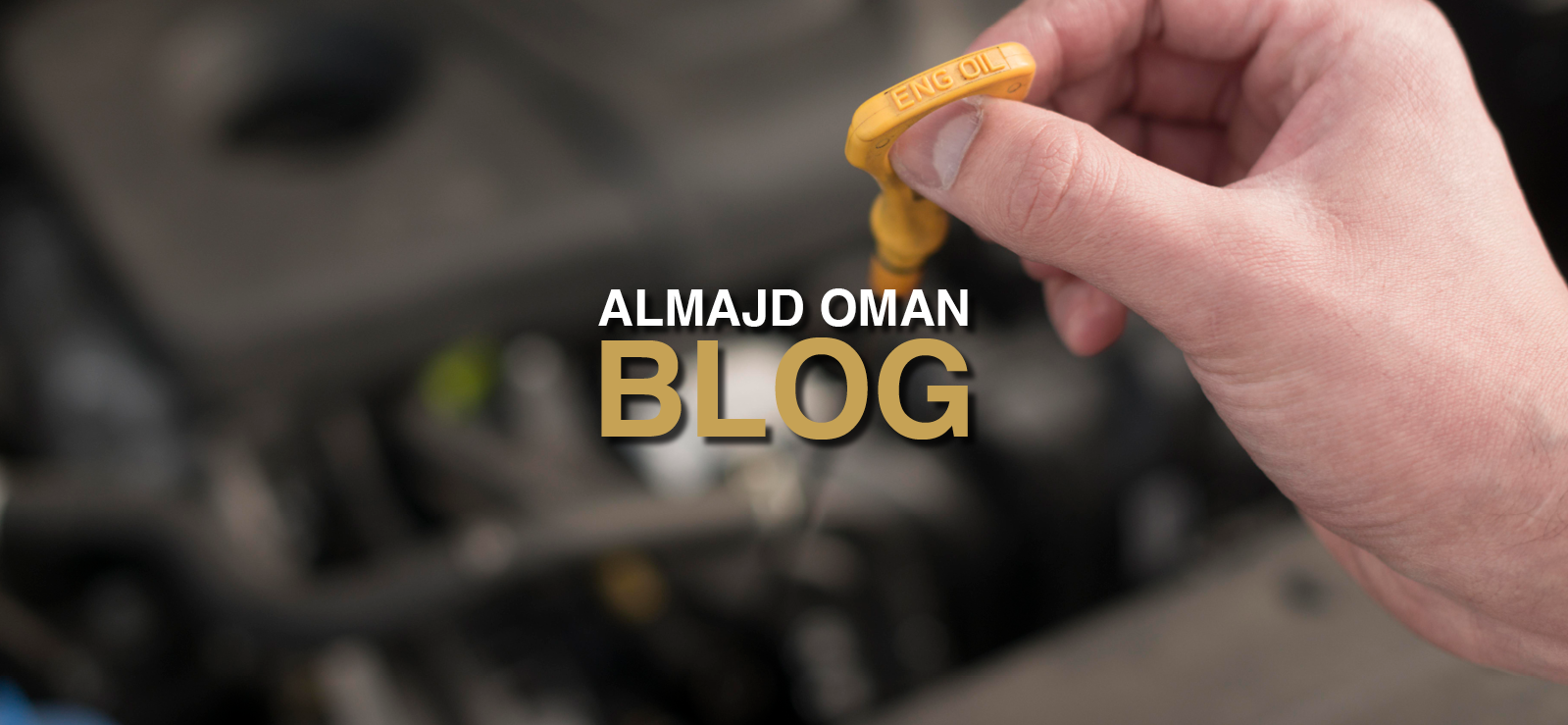
When it comes to choosing the right engine oil for your vehicle, things can get a little confusing—especially with so many different numbers and letters on the label. Among the most commonly used oil grades are 5W-30, 10W-40, and 15W-40. But what do these numbers really mean, and how do they affect your engine’s performance?
In this article, we break down the differences between these three oil types to help you make the best decision for your car, especially if you live in a hot climate like the Gulf region.
What Do the Numbers Mean?
Engine oil grades are defined by the SAE (Society of Automotive Engineers). The numbers refer to the oil’s viscosity—how thick or thin it is—at different temperatures.
- 5W-30
- The “5W” stands for winter. This oil flows easily at low temperatures (cold starts).
- The “30” refers to the oil’s viscosity at high operating temperatures.
- 10W-40
- Slightly thicker in cold temperatures compared to 5W-30.
- Offers more protection at higher temperatures due to the “40” rating.
- 15W-40
- Thicker than both 5W and 10W oils when cold.
- Very suitable for older engines or heavy-duty vehicles in hot climates.
Performance in Hot Climates
In the Gulf region, where temperatures can exceed 45°C (113°F), the choice of oil becomes more critical:
- 5W-30: Great for modern engines with tight tolerances. However, in extreme heat, it may become too thin, offering less protection.
- 10W-40: Offers a good balance. It remains fluid enough at startup while being thick enough to protect the engine at high temperatures.
- 15W-40: Excellent for hot weather and older engines. Its thickness helps maintain film strength under heat but may be too viscous for newer cars.
Fuel Economy vs. Protection
- 5W-30 tends to offer better fuel economy due to its lower viscosity. It’s often recommended by manufacturers of newer cars.
- 10W-40 and 15W-40 provide better engine protection under stress and high heat but might slightly reduce fuel efficiency.
Which One Should You Choose?
- Daily Drivers / New Cars (especially in mild climates): 5W-30
- Hot Weather / Long-Distance Driving: 10W-40
- Heavy-Duty Use / Older Engines / Towing: 15W-40
Always consult your vehicle’s owner manual for the manufacturer’s recommended oil grade. Using the wrong oil can lead to reduced performance, engine wear, and even long-term damage.
Conclusion
Choosing the right engine oil isn’t just about following a number—it’s about understanding your car’s needs, your driving habits, and the climate you’re in. In hot regions like Oman and the broader Gulf area, opting for a higher viscosity oil like 10W-40 or 15W-40 might be a smarter move. Make sure to follow regular oil changes and monitor your engine’s performance to keep it running smoothly for years to come.


